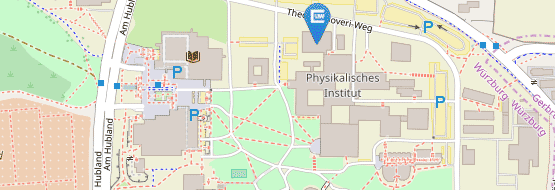Experimental capabilities at Wroclaw
Facilities at Wroclaw
The Laboratory for Optical Spectroscopy of Nanostructures (OSN) covers several spectroscopy techniques used for optical characterization of novel semiconducting materials and nanostructures. In general, they can operate in a spectral range of approx. 200 nm up to 6 µm in a standard dispersive mode, and up to 17 µm an behind, when using an FTIR-based approach. In all the cases in the temperature range of 2 - 400 K, and in the magnetic field up to 6 T or hydrostatic pressure up to 1.8 GPa. One of the main tools is modulation spectroscopy (photoreflectance (PR) and contactless electroreflectance (CER)), i.e. an absorption-like technique of enhanced sensitivity to optical transitions in low-dimensional systems. The other type of measurements are various emission-based methods from common photoluminescence, through its high spatial and spectral resolution mode – microphotoluminescence, photoluminescence excitation including a 2D mapping up to time resolved spectroscopy. The latter is based on double and synchronized fs/ps pulsed laser system (high power Ti:Sapphire oscillators plus an OPO, and second-third harmonics generation). The detection system for time resolved photoluminescence uses streak cameras (250 up to 1600 nm total detection range).
Additionally, the pump–probe time resolved reflectivity/transmittance is realized employing high resolution mechanical delay line. For mid and far infrared spectroscopy a setup based on a vacuum Fourier spectrometer with an additional custom designed external sample chamber for measurements with additional modulating beam (as in photoreflectance).


